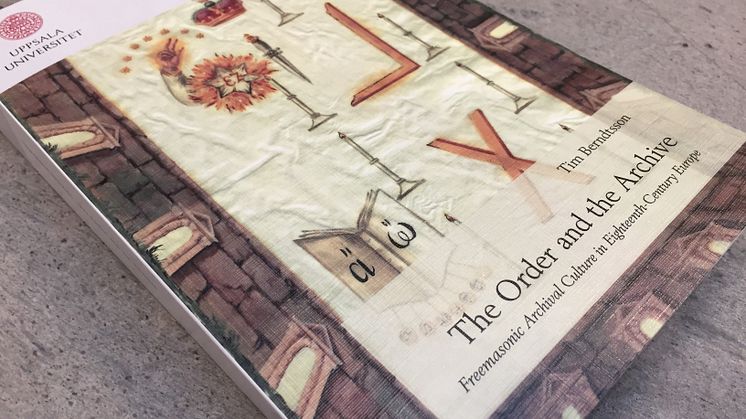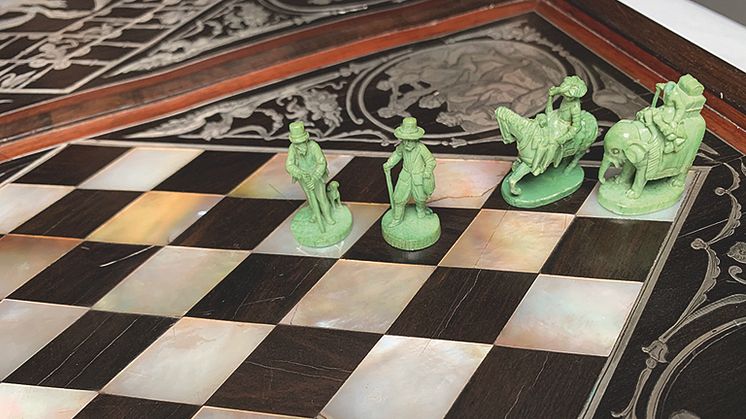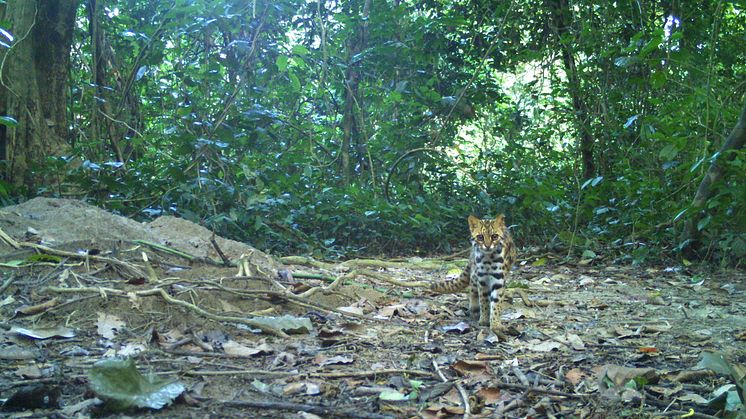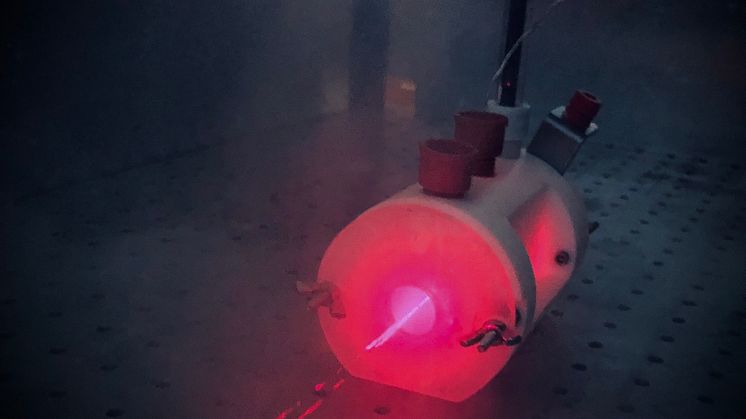New Centre for Nuclear Disarmament for Uppsala University
Today, the Swedish Government decided to assign to Uppsala University the task of setting up a new national knowledge centre for research on nuclear disarmament. With an interdisciplinary approach and researchers in fields including peace and conflict research and nuclear physics, the incipient Alva Myrdal Centre will conduct research with the goal of contributing to a safer world for humankind.




